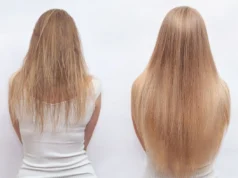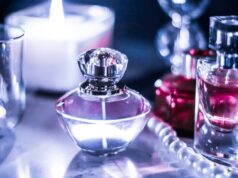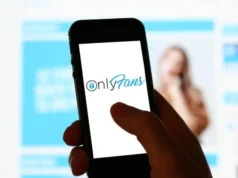Asia is home to over 4.5 billion people across nearly 50 diverse countries and cultures. The richness and complexity of the continent goes far beyond stereotypes. When we talk about Asian women and beauty ideals, it is important to appreciate the vibrant diversity that exists.
Notions of femininity and beauty have developed in Asia over centuries, shaped by unique cultural values and traditions in different regions. While globalization has created some convergence, the underlying diversity remains. Appreciating the nuances of Asian cultures allows us to celebrate the humanity and beauty of Asian women beyond simplistic stereotypes.
Traditional Ideals of Beauty and Femininity
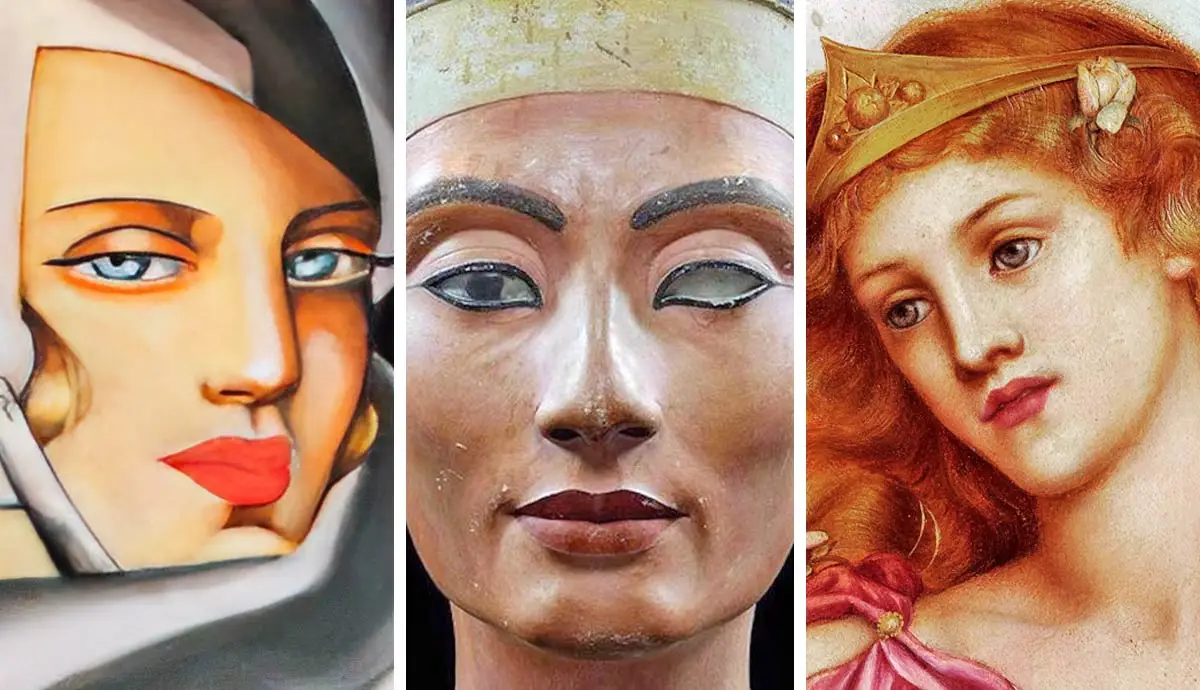
Japan
Japanese ideals of feminine beauty historically emphasized delicate features, graceful movement, and polite manners fitting traditional gender roles. Pale skin was prized as it signified affluence and avoidance of hard outdoor labor. During the Heian period (794-1185 AD), blackened teeth, shaved eyebrows, and ornate layered kimonos defined courtly elegance. Geisha epitomized feminine mystique and artistry. In modern Japan, youthful ‘kawaii’ culture values slim figures, cute mannerisms, and flawless makeup. This historical perspective on beauty is akin to the diverse representations of femininity found on platforms like https://goldenbride.net/asian-brides.html,
China
In imperial China, dainty feet achieved through foot-binding were markers of elite feminine status and constrained mobility. Traditional Chinese values like virtue, fertility, and demure grace persisted as ideals.
The mantra ‘the crescent eyebrows of a Chinese lady will ensnare someone’ captures enduring preferences for fine brows and eyes as well as modesty. Food metaphors like ‘willow waist’ and ‘lotus root arms’ convey a desire for slender figures.
India
Voluptuous curves and ample figures characterize traditional Indian beauty, seen in ancient figurines and art. Fairer skin indicated higher caste status unexposed to the sun. Dark kohl-lined eyes, long braided hair adorned with flowers or jewelry, and saris draped sensually over curves embody archetypal Indian femininity.
Bollywood dance sequences celebrate the feminine expression or adaa. Matriarchal goddesses epitomize the duality of beauty, at once nurturing yet fierce.
Evolving Beauty Ideals
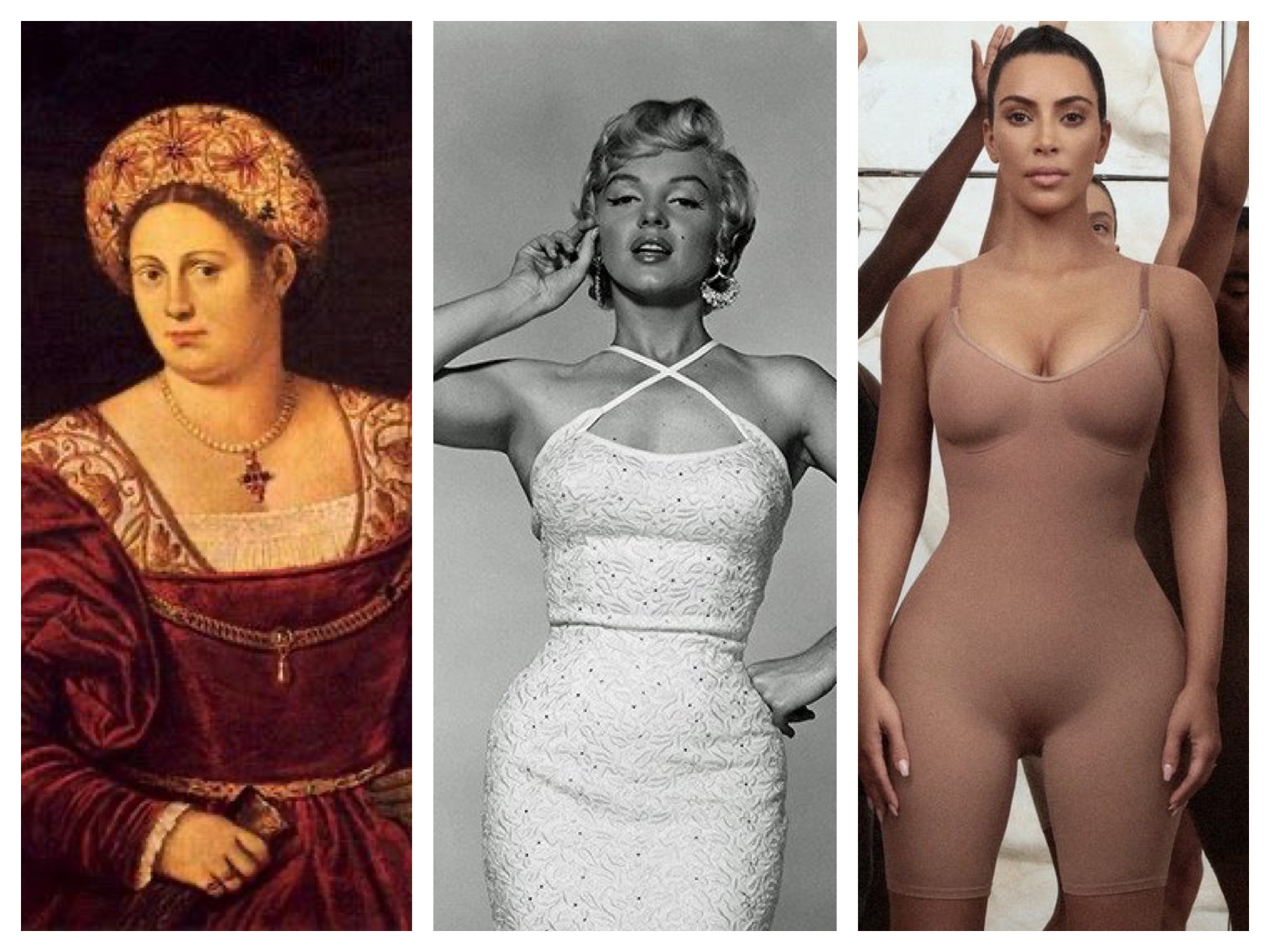
With rising modernization and transnational connections, beauty ideals have dynamically evolved across Asian cultures.
In China, increasing individualism and shifting gender roles fueled new appreciation for assertive career women in addition to demureness. Áo dài modernized Vietnam’s traditional tunic, fusing elegance with feminism. Pageants gained popularity, blending Western notions of beauty with localized values.
K-pop and J-Pop fused Western fashion and aesthetics with Eastern sensibilities, creating new genre-defining looks. Indian beauty underwent an awakening with events like the Femina Miss India pageant and films showcasing glamorous fashion.
However, backlashes against excessive Westernization also emerged. Movements revitalized local textiles, clothing styles, and natural looks. Ultimately, modern Asian beauty retains its core cultural essence while selectively adapting new influences.
The Influence of Media on Beauty Standards
The media plays a pivotal role in shaping perceptions of beauty across Asia, often reflecting and amplifying societal values and trends. Television, films, advertisements, and social media platforms contribute to a shared imagery that informs individual and collective ideals. In South Korea, for example, the Hallyu wave, led by K-pop idols and drama stars, sets rigorous beauty standards that emphasize flawless skin, slender bodies, and youthful features. This phenomenon isn’t isolated; similar patterns are observed in other Asian countries, where celebrities and influencers become the benchmarks for beauty. The impact of media extends beyond entertainment, affecting daily life and self-esteem, pushing many towards cosmetics and even surgery to align with these ideals.
The Role of Technology in Redefining Beauty
Technology has fundamentally altered the landscape of beauty ideals and self-perception among Asian women. Social media apps, with their filters and editing features, allow for the creation of idealized versions of oneself, often blurring the lines between reality and aspiration. This digital transformation extends to the beauty industry, where innovations like virtual makeup apps and AI-based skin analysis tools offer personalized beauty solutions. The accessibility of such technology democratizes beauty, enabling more women to explore and express their styles. However, it also raises questions about authenticity and the pressure to conform to digitally enhanced standards.
Asian Women Speak on Beauty and Culture
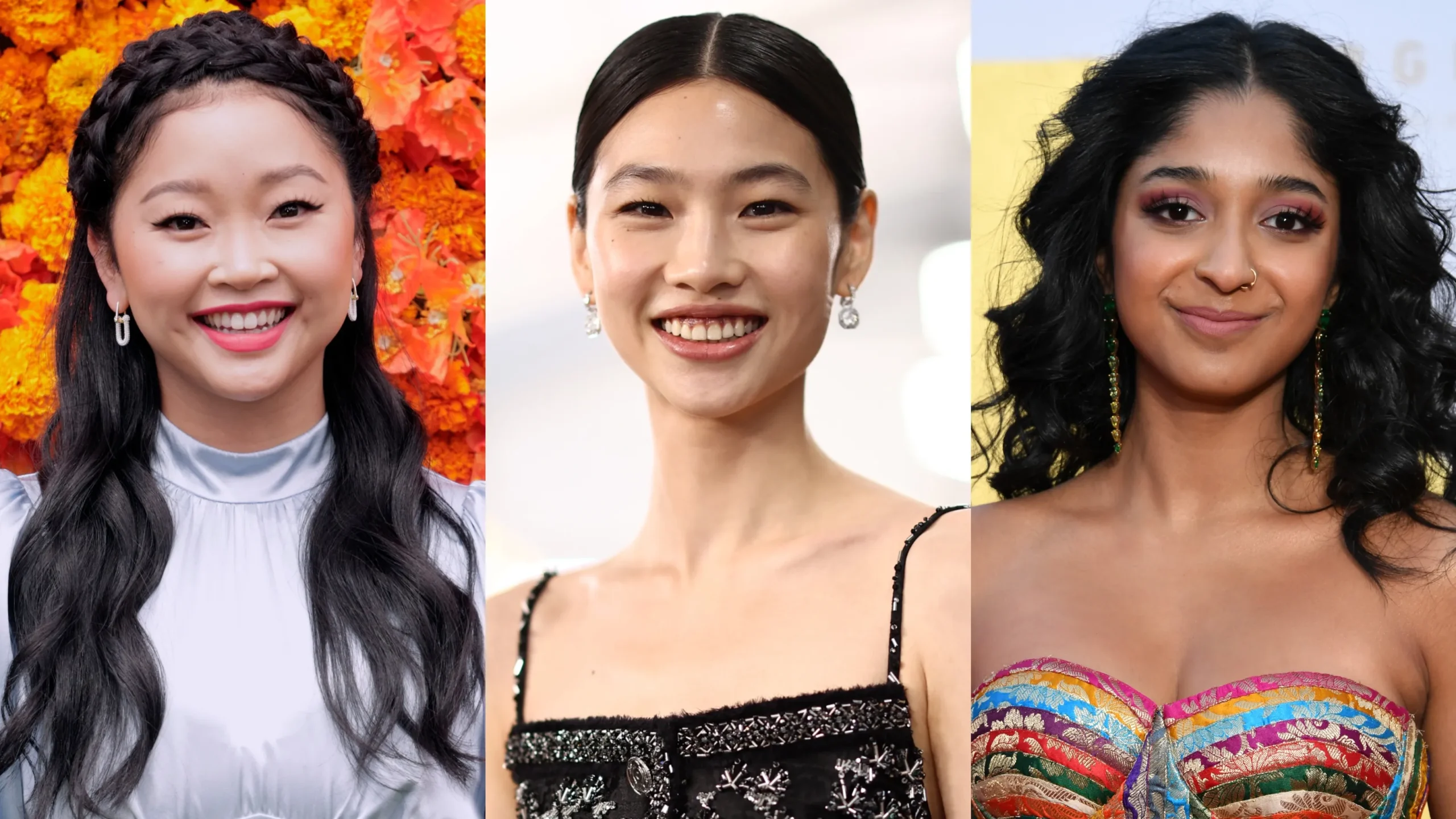
Sakura Yamamoto, 28, Tokyo: “Personal style matters more than just following trends. I express my unique taste through edgy street fashion while upholding kawaii cuteness in my makeup.”
Li Bing, 24, Shanghai: “I balance keeping healthy and fit with valuing my natural imperfections. Inner strength matters more than just appearance.”
Ayesha Kapur, 32, Mumbai: “As an Indian woman, I recreate Bollywood glamor in my way. But beauty is incomplete without intelligence, confidence, and compassion.”
These perspectives demonstrate how Asian women thoughtfully negotiate ancestral traditions and modern ideals on their terms, not merely as passive objects. Appreciating their voices dispels limiting stereotypes.
The Intersection of Beauty and Health
In many Asian cultures, beauty is increasingly viewed through the lens of health and wellness. Traditional practices such as Ayurveda in India, Hanbang in Korea, and herbal medicine in China emphasize the intrinsic link between outer beauty and inner health.
This holistic approach is gaining popularity, with a growing emphasis on skincare routines, natural ingredients, and lifestyle choices that reflect a balance between physical, mental, and emotional well-being. Such practices underscore the belief that true beauty emanates from a healthy body and a peaceful mind, challenging superficial or purely cosmetic interpretations of beauty.
Looking Beyond Stereotypes
Historically in the West, objects like porcelain dolls and geisha paintings codified stereotypes of Asian women as exotic, hyper-feminine, and submissive. Modern media tropes like tiger moms and China dolls persist in homogenizing over 4 billion diverse people.
In reality, Asian cultures exhibit as much variety in female roles and appearances as other regions. Assuming conformity denies the agency and individuality of Asian women. Celebrating instead of constraining diversity is key.
Valuing Pan-Asian Beauty in its Fullness
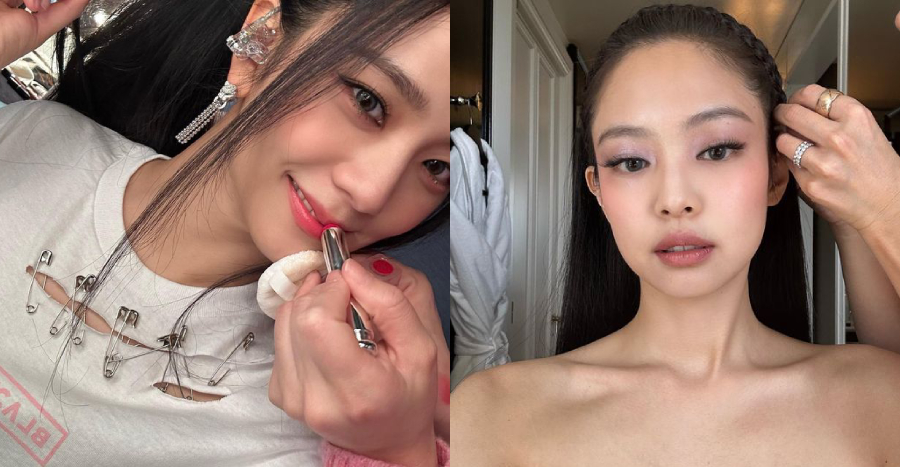
Beauty ideals rooted in Asian heritage reveal rich cultural philosophies. However, appreciating their diversity and evolution is vital. Rigid expectations deny the multiplicity of how Asian women can be beautiful on their terms.
By moving beyond stereotypes to honor pan-Asian beauty in its fullness, we cultivate more enlightened perspectives between cultures. The vibrancy arising from cross-cultural exchange and empathy enriches humanity.

